Unit 162 in Nevada offers a range of hunting opportunities and presents a unique challenge due to its diverse terrain and fluctuating elk populations. Hunters emphasize the importance of timing and preparation, as elk are often found in higher elevations unless driven down by severe weather. The area sees varying levels of pressure, depending on the season and specific hunt, which can significantly impact elk movement and congregation. Access is generally good, but preparation, such as having reliable transportation and extra gear, is crucial due to remote conditions and potential tire damage from rugged roads.




